Description
This is a late 17th century or 18th century Colonial Spanish silver Tupus. It was used by wealthy woman to fasten their shawl. The design is described as Mestizo Baroque. a combination of European and native South American designs, covering the entire piece. This style was exuberant and elaborate, complex and mysterious, and appealed to both the Europeans and Native Americans. The top half of the piece has a crowned double headed eagle, with the right head having a small horn. This is a Germanic feature used in many northern Europe coins and silver, since the middle ages. During colonial rule, native South Americans were forbidden to work in silver or gold. The Spanish occupiers imported many northern European master silversmiths to work and oversee Native American silversmiths. Underneath the large double headed eagle are Native South American figures, There are 2 small south American birds under the wings of the eagle. These may represent the subjugated American colonies, or perhaps 2 Native American cultures. Below these figures are lush foliage, possibly representing the bountiful native land. Within the foliage is seated a native American figure with a large headdress. This may represent ” Taita Dios ” or Father God. Often Taita Dios was depicted wearing a mascapaicha, a feathered headdress denoting Inca royalty. The repousse front plate is firmly attached to the rear spiked base with 2 strong silver rivets. Below the front plate is a riveted red gemstone in a silver setting. It looks like this gemstone may be a Pyrope Red Garnet, although it is difficult to be sure of this. The red stone was ground to an apex on the front and the table cut would be on the back. This red gemstone has an unusual amount of wear on the top of the stone. The peaked apex has been rubbed off, from what appears to be centuries of finger rubbing. My feeling is that the woman who owned this and her female descendants were left handed. The stone has been worn from the left side and has actually rotated the setting a small amount. Many people believe in the power of gemstones and touching them while meditating. I can imagine thousands of hours spent in Catholic masses, with these women, meditating and lightly rubbing the stone. The piece has several areas of damage. The neck and head of the right small south American bird are broken off, and the pin and bone bead below it are gone. There are 4 drilled holes below with varying amounts of wear. Whatever was in these holes is gone. Below the red gemstone are 2 missing chains and what would have been attached to them. The piece is 26 1/2 centimeters long and weights 1.76 ounces. Viceregal Peruvian silver is often umarked and assayers marks are also absent from most of the pieces. Few examples of Viceregal Peruvian silver have survived. The ancient Spanish practice of melting down works of silver in times of distress, and the desire to craft a more fashionable object have resulted in many pieces disappearing. Costal areas have been subject to pirate invasion for centuries. Many of Spains annual treasure ship fleets were sunk by pirates or hurricanes. South America has had many natural disasters and these have also taken a toll on colonial silver. The civil unrest within the region and the War of Independence caused many pieces to be melted down to fund these causes. After winning independence there has been a time of almost constant warfare within the region. Soldiers, thieves and mobs have stolen silver from anywhere they can find it and even governments have stolen silver from their churches and people. Silver has had a difficult history in South America. # S010

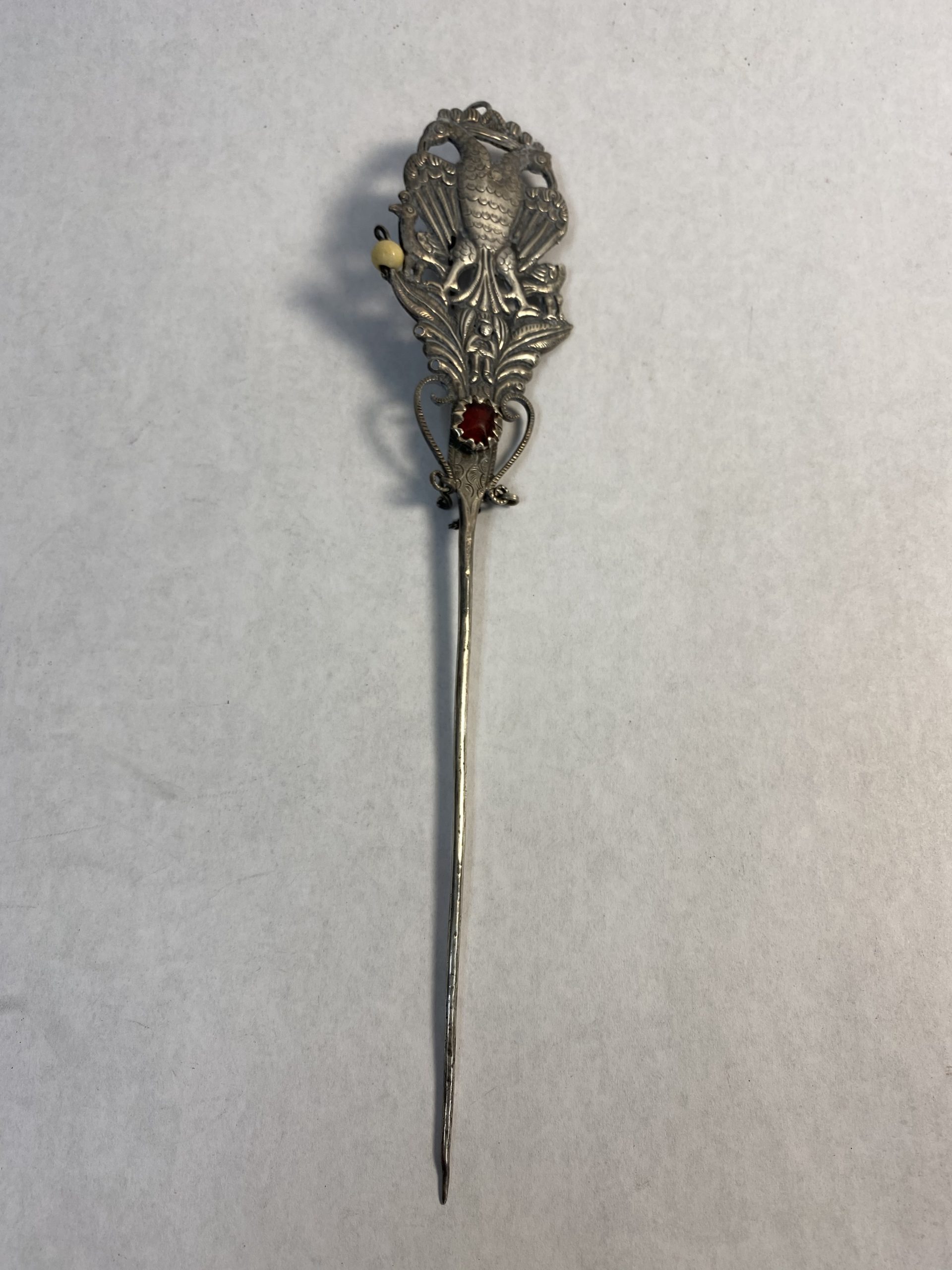
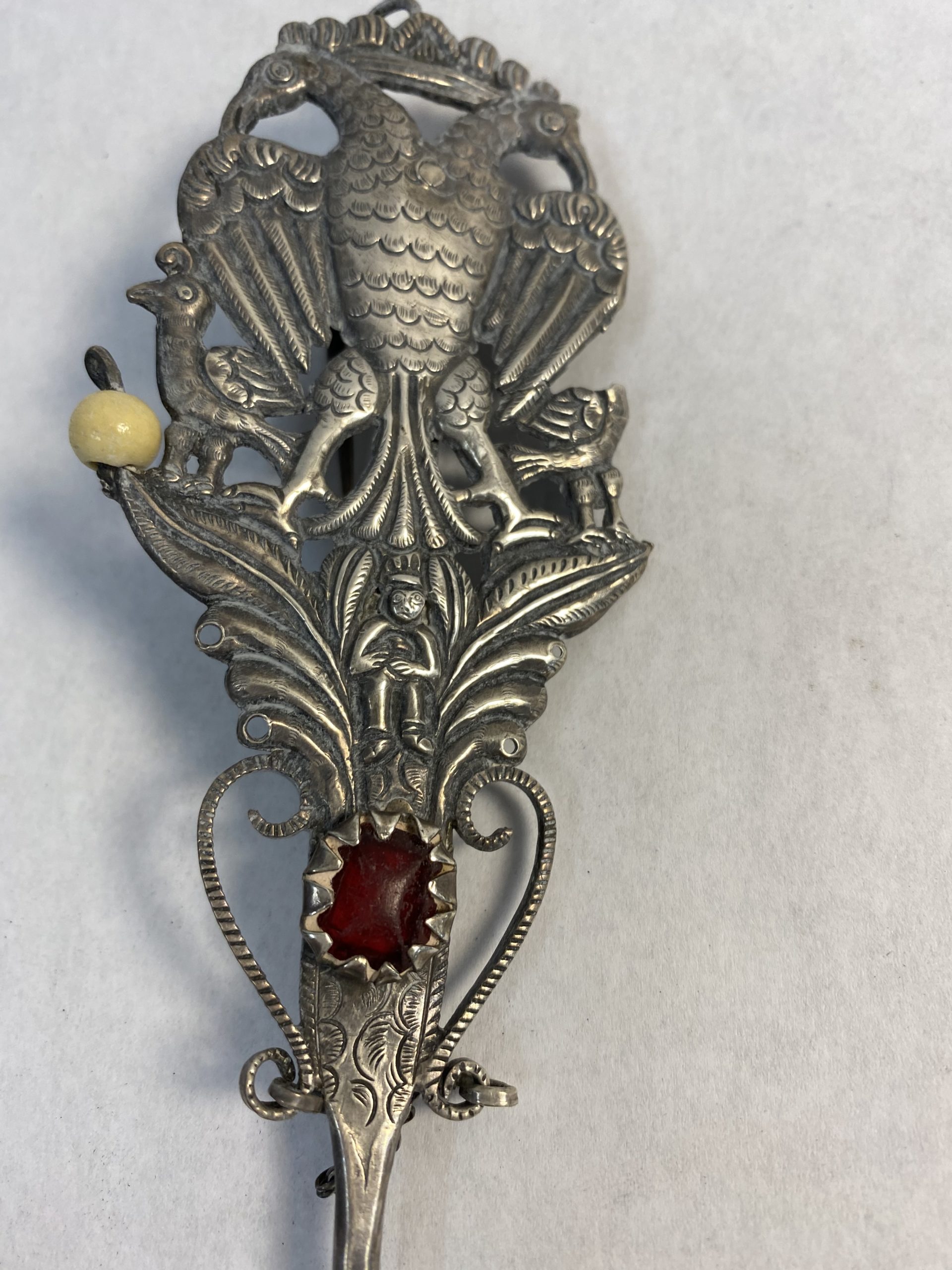
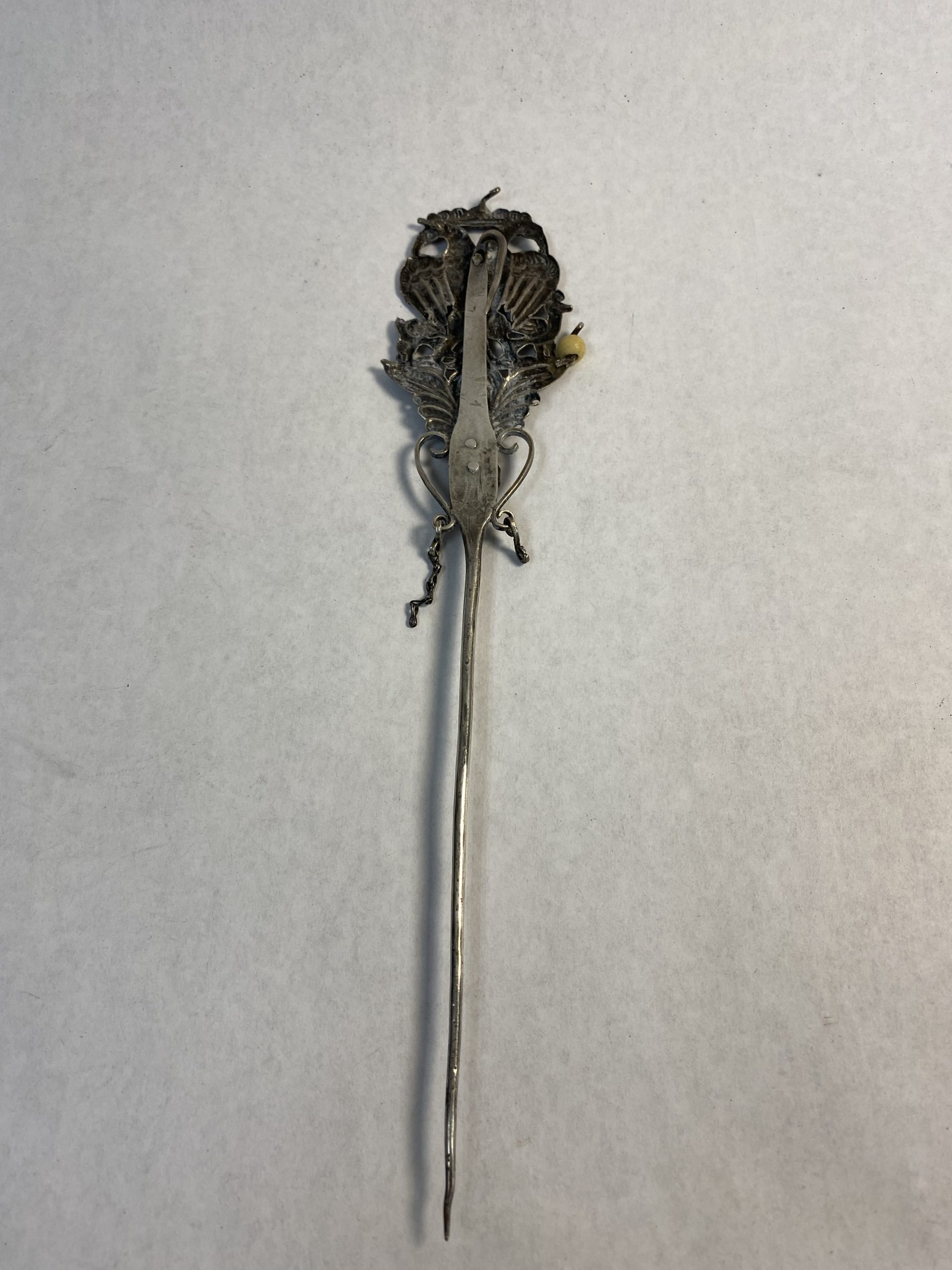
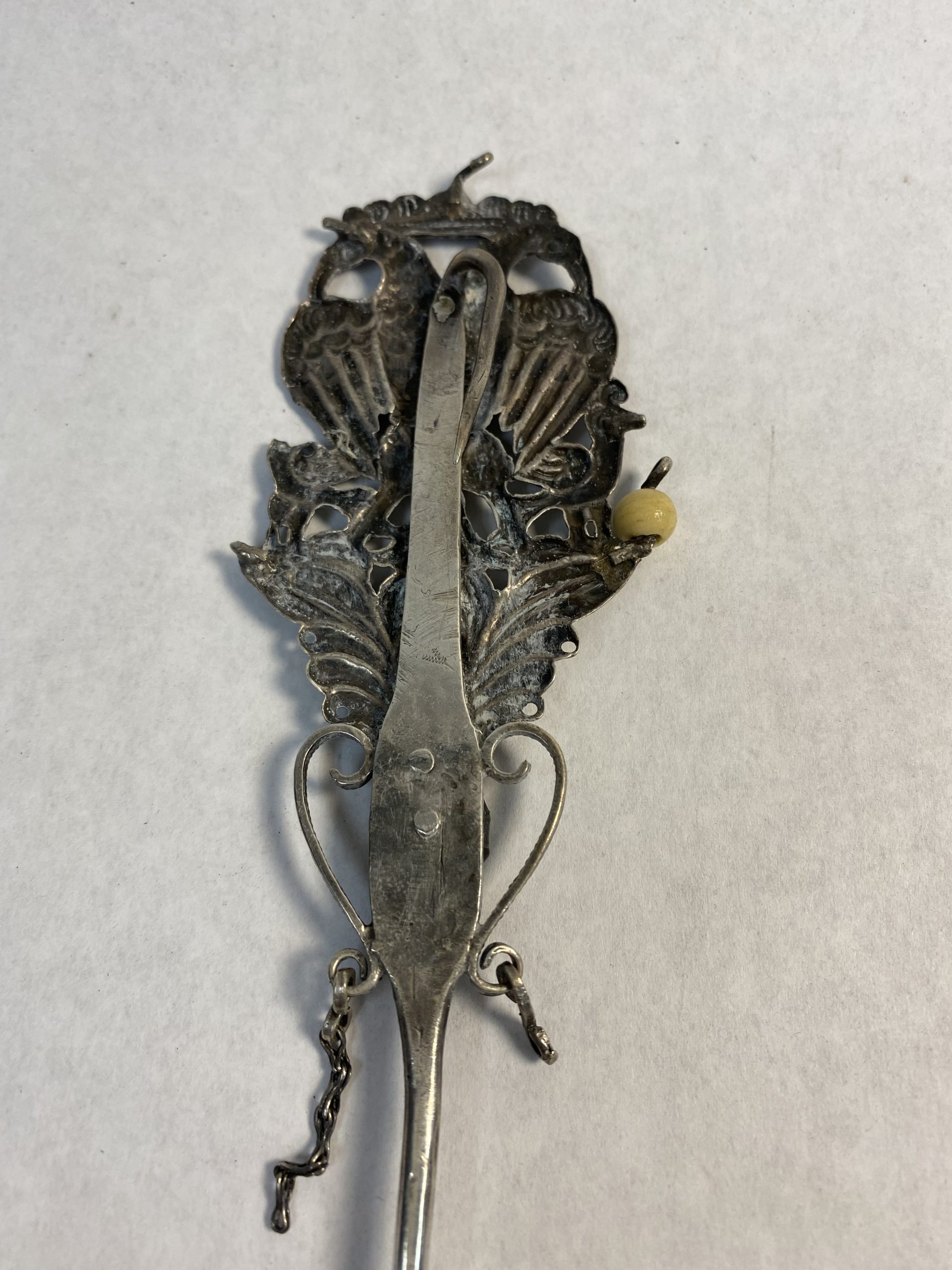
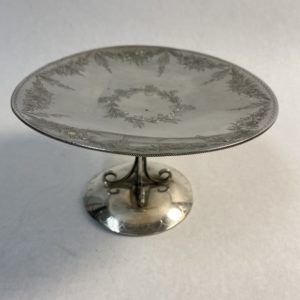

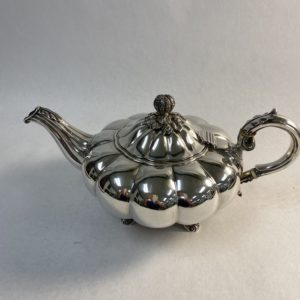
Reviews
There are no reviews yet.